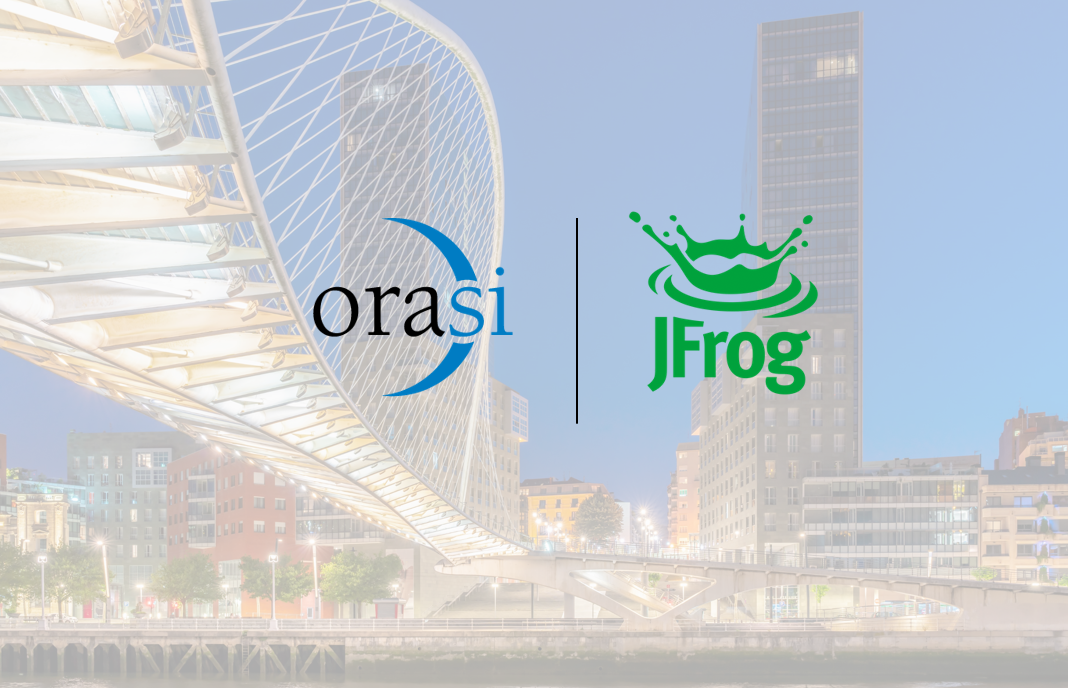By: Mark Lewis, SVP Sales and Marketing
Today, businesses from every vertical need to ensure their relevance against the forces of tomorrow. As digitization and consumerization of technology expand in today’s climate, businesses must adjust to a new set of consumer expectations.
Agility and service become imperatives instead of choices and enterprise IT groups are expected to deliver. Organizations are questioning whether they can meet real-time and dynamic customer demands with technology riddled with delays, gaps, latency, and fatigue. They realize they need to serve customers in this new digital area through adoption of a modern software approach – DevOps and Continuous Testing (CT).
DevOps – The new way of software
DevOps broke down the barriers between traditional software siloes. It brought development and operations, teams, closer. They could build and augment software collaboratively and incrementally by using DevOps’ tools and approaches.
Similarly, Continuous Testing (CT) helped enterprises eliminate costly bugs, time-burdens, and heavy oversight from the software cycle. This approach to testing helped them to ensure software quality. It allowed them to elevate the reliability and security aspects of the software that they were developing.
- DevOps injects the possibility of unprecedented cost-savings while also allowing organizations to explore additional revenue streams.
- It nudges businesses along the path of continuous improvement and brings them closer to real-time customer needs.
- It is a model where an enterprise leans towards automation and a solution-centric approach.
- It is directed at reducing waste and augmenting impact to help the whole idea of digital transformation in many ways.
With CI – Welcome to the future
Similarly, the impact of Continuous Integration (CI) is running deep into many enterprises. It is a new paradigm wherein developers undertake code integration on a frequent, deep, and consistent basis. This integration has to be verified with automated, quick, and dynamic work on build and testing – and at the same pace as CI. Without CT, the goals and inner workings of CI are almost impossible to achieve. That makes CI and CT novel and important elements of today’s software landscape.
The 2020 State of Testing Report from InfoQ finds that more non-testers are taking part in testing activities worldwide. It also notes that adoptions of methodologies such as Continuous Integration (CI) and Continuous Development (CD) are challenging testers to become more involved in additional aspects of their application’s security. Plus, testers are being regarded more as quality advocates and consultants for facilitating the delivery of quality products using testing education as a tool.
With these approaches in their right places, enterprises have not just changed their software tools but also their mindsets. These approaches caused a significant shift in the enterprise DNA, too. DevOps and Continuous Integration required hierarchies to break. They worked on deep and symbiotic collaboration. They hinged a lot on consistent attention and adherence to last-mile quality of software. This profound change of mindset and culture created a new technology power. This started equipping organizations with the speed and agility to survive and stand out in the current competition landscape.
Time to transform
The entire perspective and role of software in an organization is going through massive changes. Gartner outlines that 75 percent of large enterprises will use at least four low-code development tools by 2024. This prediction is for both IT application development and citizen development initiatives. Also, over 65 percent of application development activity will be due to low-code application development. There would be a hard-to-miss rise in low-code, no-code, No-ops, and citizen-code trends as we move ahead. We are approaching the land of the composable enterprise.
In Gartner’s Hype Cycle for Emerging Technologies, we are heading firmly towards a modular business model that enables organizations to move from rigid, traditional planning to active agility. This is a genre of thinking that creates more innovation, reduced costs, and better partnerships.
The Tech Trends 2021 Report of Deloitte also underlines that the distinction between corporate strategy and technology strategy is blurring – each needs to inform the other. It observes that savvy corporate strategists are looking beyond their organization’s current tech capabilities and competitive landscape – they are considering a broader range of future possibilities about how technology can expand where they play and how they win.
That’s why and where software development shifts – when adopted well and at all levels – and truly helps enterprises push the transformation button. It allows them to move the needle to



